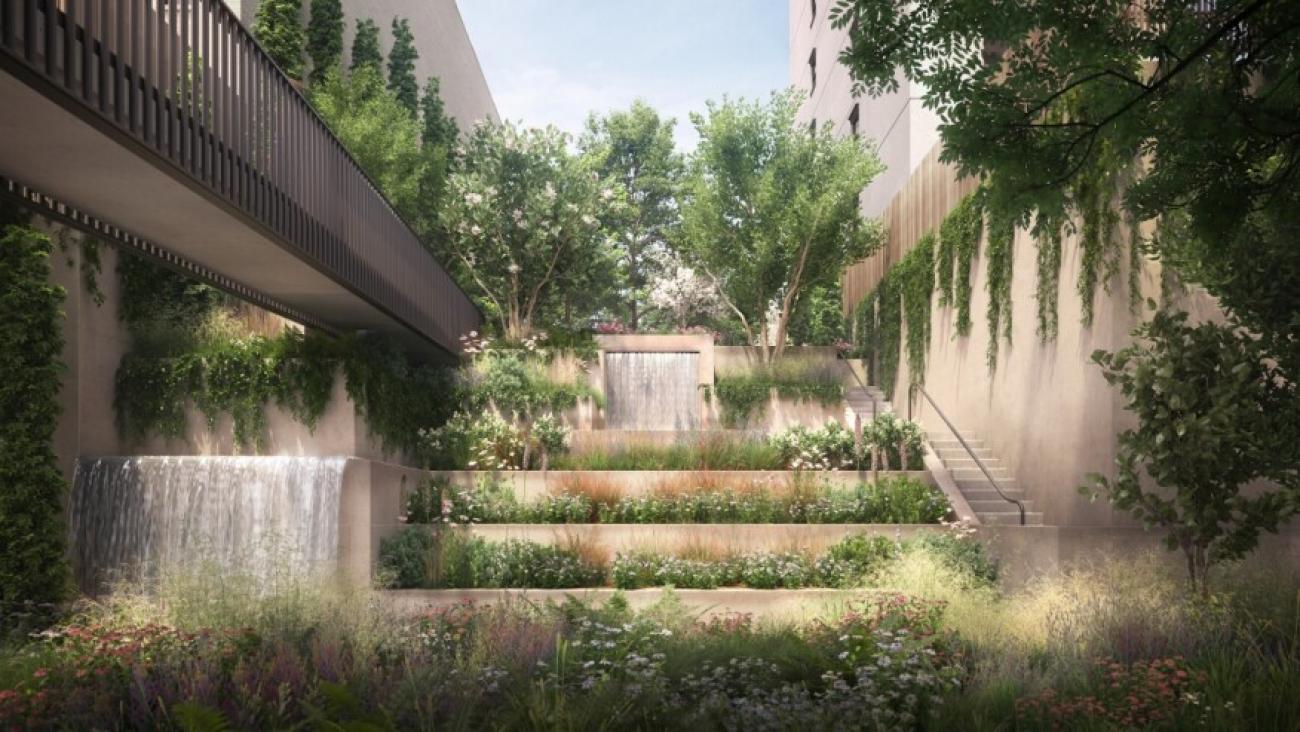
New York City mandates private stormwater collection in most new developments. That almost always means underground reservoirs.
Brooklyn’s Bergen project is an exception.
The residential development currently under construction features two waterfalls and a reflection pond that bring the process of controlling runoff to the surface, exposing bare the effects of climate change. But rather than serve as an ominous reminder of the consequences of intensifying weather, the designers intend for the project’s landscape to demonstrate a way to adapt.
“Why is the response to dealing with this new reality something that always lives in the basement or underground?” asks Jordan Rogove, partner and cofounder of DXA Studio, who did the master planning on the project. “It’s just a new reality and we should embrace it and, more importantly, provide people an opportunity to experience it in a really beautiful way.”
The condominium project, designed by Frida Escobedo, presented Rogove and landscape designer Patrick Cullina a considerable engineering challenge: 45,000 square feet of surface area collecting rainwater in Brooklyn, “which arguably has the most outdated sort of stormwater conveyance system in the city,” Rogove says.
However, the immensity of the site allowed for flexibility. By strategically massing the building, the team was able to create lush outdoor environments that serve double duty as water management systems and an amenity.

“In New York, we have all of this impermeable space, and all that water runs off without being used to sustain a living landscape,” says Cullina, a key figure in the Brooklyn Botanical Garden and New York City’s High Line urban park. “My thought was to develop and expand the possibility for permeability.”
Rainstorms turn the landscape into a dynamic environment complete with plants that aid permeability. Water cascades down terraces and through channels into a reservoir that releases water into the public system once there’s enough capacity.
“We’re stacking benefits vertically. For the same nickel, you get stormwater management, air quality improvement, wildlife habitat, and aesthetic pleasure,” Cullina says.
Bergen’s design incorporates all four classical elements: earth, air, fire, and water. Earth is represented through the robust masonry of the building and the lush plantings. Air is celebrated with kinetic sculptures and the natural movement of plants swaying in the breeze. Water, as mentioned, is ever-present through a static mirror pond, runnels, and waterfalls, while fire is acknowledged with outdoor fire pits, adding warmth and gathering spaces for residents.
The gardens change with the seasons, creating a lively, evolving experience for residents.
“The idea that you can be in a park-like setting and still be in your home is extraordinarily unique for the city,” Cullina says.
Bergen not only addresses the practical challenges of stormwater management and urban density but also offers a vision for how cities can adapt to a changing climate while enhancing the quality of urban life.
“Water is a beautiful thing,” Rogove says. “Don’t treat it like an enemy—embrace it.”
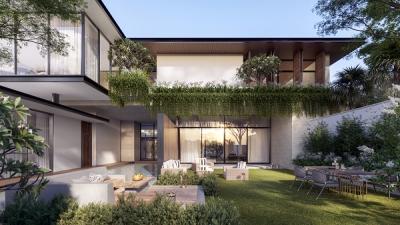
The News 10/11/2025
In the midst of the hustle and bustle of urban life, many Vietnamese families are looking for a different living space – where they can enjoy modernity without being far from nature. Tropical Modern villa architecture is the perfect answer to this need. Not only an aesthetic trend, this is also a smart design philosophy, harmoniously combining technology, local materials and Vietnam's typical tropical climate.
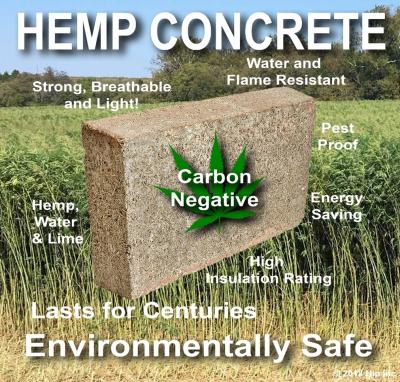
The News 25/10/2025
Hemp-lime (hempcrete) is a non-load-bearing covering material consisting of a hemp wood core (hemp shiv/hurd) combined with a lime-based adhesive, outstanding for its insulation – moisture conditioning – indoor environmental durability; in particular, IRC 2024 – Appendix BL has established a normative line applicable to low-rise housing, strengthening the technical-legal feasibility of this biomaterial.
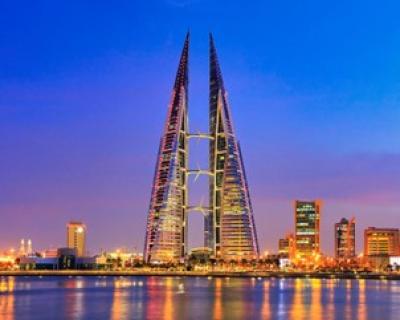
The News 11/10/2025
Amid rapid urbanization and global climate change, architecture is not only construction but also the art of harmonizing people, the environment, and technology. The Bahrain World Trade Center (BWTC)—the iconic twin towers in Manama, Bahrain—is a vivid testament to this fusion. Completed in 2008, BWTC is not only the tallest building in Bahrain (240 meters) but also the first building in the world to integrate wind turbines into its primary structure, supplying renewable energy to itself [1]. This article explores the BWTC’s structural system and design principles, examining how it overcomes the challenges of a desert environment to become a convincing sustainable model for future cities. Through an academic lens, we will see that BWTC is not merely a building but a declaration of architectural creativity.
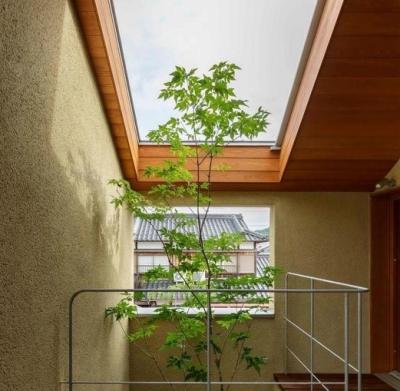
The News 04/10/2025
As buildings move toward net zero architecture and glare free daylighting, traditional glass façades reveal limitations: high thermal conductivity (~0.9–1.0 W/m·K), susceptibility to glare, and shattering on impact. In this context, transparent wood (TW) is emerging as a multifunctional bio based material: it offers high light transmission yet strong diffusion (high haze) to prevent glare, lower thermal conductivity than glass, and tough, non shattering failure. Recent reviews in Energy & Buildings (2025) and Cellulose (2023) regard TW as a candidate for next generation windows and skylights in energy efficient buildings. [1]
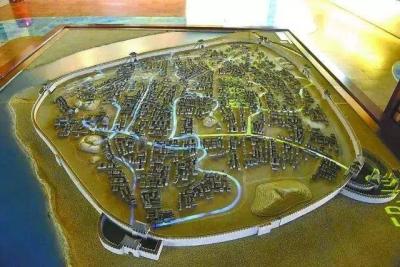
The News 27/09/2025
Urban flooding is one of the greatest challenges of the modern era, when sudden and unpredictable rainstorms can paralyze entire cities. Few would imagine that over a thousand years ago, people had already discovered a sustainable solution: the Fushougou drainage system in the ancient city of Ganzhou, Jiangxi. Built during the Northern Song dynasty, this project remains effective to this day, protecting the city from floods—even during historic deluges. The story of Fushougou is not only a testament to ancient engineering but also a valuable reference for today’s cities seeking answers to water and flooding problems.

The News 20/09/2025
The construction industry is currently facing immense pressure to reduce carbon emissions, as concrete is not only one of the most widely used materials but also a major source of CO₂ due to its reliance on Portland cement. In response, Shimizu Corporation has conducted extensive research to develop sustainable material solutions aimed at achieving carbon neutrality. One of the most remarkable outcomes is carbon-negative concrete, which partially replaces cement and aggregates with biochar. This biochar is produced from sawdust through a carbonization process and has the unique ability to retain a significant amount of carbon that would otherwise be released into the atmosphere through natural decomposition or combustion. Thanks to this property, carbon-negative concrete not only maintains the necessary mechanical strength for construction but also directly contributes to reducing greenhouse gas emissions. This innovation is considered a promising step that opens new directions for the advancement of green construction in Japan and worldwide.